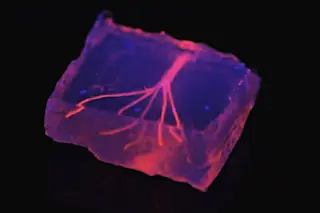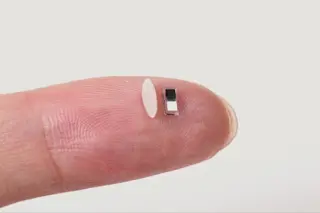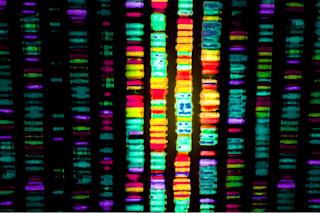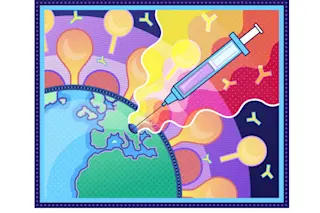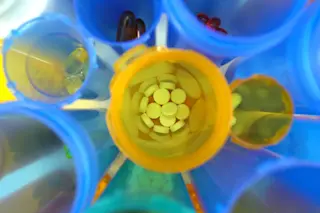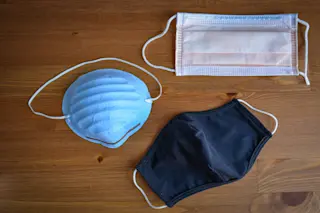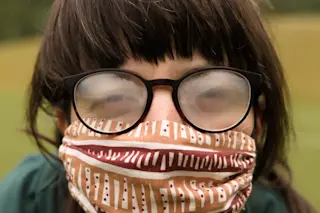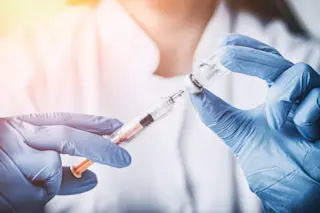Could tomorrow’s surgeons create customized replacement tissue for patients just by hitting print? Two teams of Harvard bioengineers made big strides toward that goal in 2014, reporting two new 3-D-printing methods that help construct rudimentary blood vessels.
Each year, thousands of people die waiting for tissue and organ donations, which are scarce. For that reason, tissue engineers are working to build replacements, and they’ve managed to do it for sheetlike tissues, like the skin and bladder. But replacement tissues for solid organs, such as the liver, heart or kidney, are tougher to construct because cells inside those tissues rely on a network of blood vessels that are difficult to replicate.
In February, Jennifer Lewis’ team reported printing tissue pieces infused with the beginnings of blood vessels. They used a custom-built 3-D printer and special inks containing extracellular matrix — the naturally derived material that the body uses to knit cells ...


